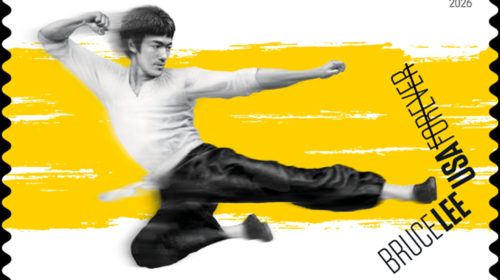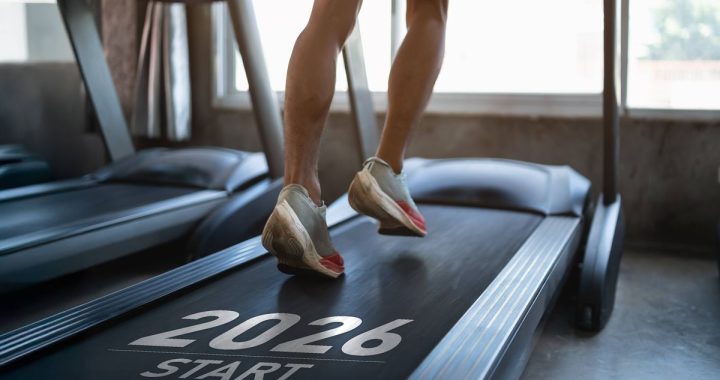
6 Ways to Support a Bad Back
Back pain is common and usually goes away within a few weeks or months. The pain can be felt anywhere from the neck, around the spine down to the hips. It’s often not easy to tell the cause of back pains, but occasionally, back pains may be caused by injuries such as strain or sprain. The pain can also be occasionally caused by medical conditions such as prolapsed disc or sciatica characterized by irritation of the nerve that runs from the pelvis to the feet.
A bad back can cause you a lot of pain, an inconvenience in your personal life. To determine ways to alleviate such pain and help you heal completely, you need to first understand the cause of your bad back. A physician should check sudden or severe pain. But sometimes you can treat a bad back on your own in the following ways:
1. Be Active
While being active might not make your bad back completely disappear, being active can relieve the pain and improve your overall mobility. Stay active by finding ways to incorporate a walk into your daily routine, avoid sitting down for long, and avoid a sedentary lifestyle. Lying down worsens many conditions while being active gives better muscle strength in every part of your body, improves bone strength, and improves flexibility and joint mobility.
2. Get Supportive Sleep
The mattress you sleep on can solve or cause back problems and affect your sleep quality. Sleep affects almost every aspect of your health. Without proper sleep, your body lacks the resources to function properly. A wrong mattress can cause or worsen a bad back. If your mattress is not delivering the comfort and support you need, start researching mattresses for back pain.
Before investing in the right mattress, determine the type of sleeper you are. If you are a side sleeper, place a pillow in between your legs. Place a pillow or a rolled-up towel under your knees if you sleep on your back to bring your spine into a more restorative position. Consider getting a supportive pillow too to elevate your neck to feel more comfortable.
3. Do Exercises to Strengthen Core
Exercising can reduce the frequency of recurring back pains and cause strength and flexibility in your back. Frequent exercises can help improve the healing process and prevent further injuries. You can find several exercises online that can help improve your core and back muscles.
Exercises such as yoga and pilates can strengthen your core, while squats, deadlifts, shoulder presses, and pull-ups can strengthen the rest of the body. However, do not exercise days after the pain begins. Begin to exercise 2 to 3 weeks after the pain and consider consulting a physical therapist to teach you the exercises that are right for you.
4. Avoid Painful Activities
Heavy lifting and other painful activities can trigger back pains. Avoiding such activities may require a lifestyle change or even work transfer if your daily work activities are causing back pains. Correcting a bad back is not a walk in the park. It requires a lot of rest and healing, while also keeping a healthy and active lifestyle. Avoid activities that involve twisting your back for the first six weeks after you start experiencing pain.
5. Ice and Heat
Ice or heat can alleviate back pain and leave you relieved and comfortable. Use cold first and apply heat for acute pain. Lowering the body temperature constricts blood vessels, decreases inflammation, and causes a numbing effect. You can use ice for 2-3 days then switch to heat therapy to relax stiff or tight muscles. Limit ice and heat treatment to 20 minutes at a time and avoid this procedure if you’re using muscle-ache creams or ointments on your skin.
6. See a Doctor Regularly
You should see a doctor whenever you sustain injuries or when you develop back pains to determine the cause of the pain. Continue seeing your doctor when the pain persists and to ensure that your back is not getting worse. The doctor will offer tips and treatment options to help you recover fully from a bad back.
Overcome Back Pain
There is a common myth that when you have a bad back you need to rest more and avoid physical activities for a long time. Truth is, when back pains strike, you sometimes need to be more active. Doctors do not recommend bed rest. If you do not experience serious symptoms such as weakness, weight loss, fever, loss of bowel or bladder control, stay active as much as you can.


























